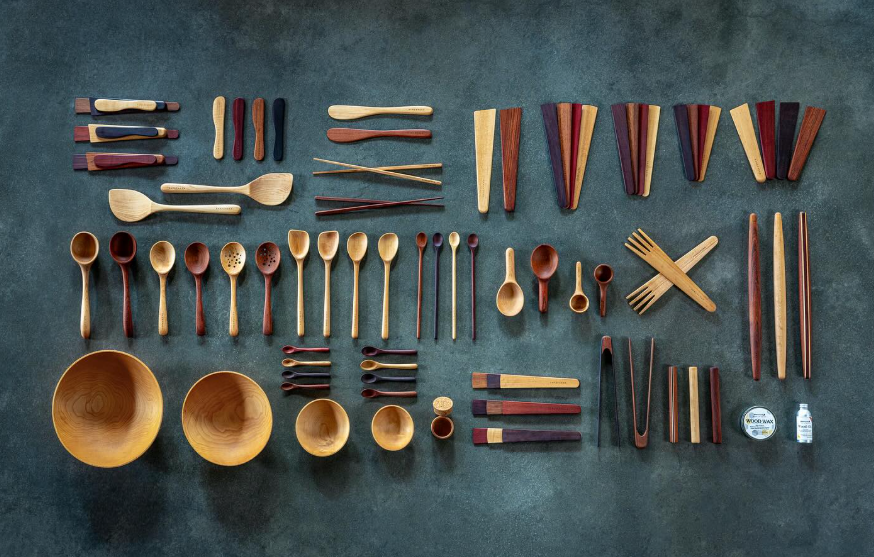
8 tips to avoid ingesting harmful microplastics
Yerba MontanaShare
These days headlines about the potentially negative side effects of microplastics in our food, environments and bodies are everywhere. It’s no wonder considering how common plastics have become in our modern era in the name of convenience.
Being a relatively new phenomena, the effects of microplastics in our bodies are not yet fully understood. Complications can arise due to physical blockages in brain, lungs and arteries, leaching of chemicals used to make plastics into the body as well as leading to increased absorption of heavy metals.
It's safe to say that limiting plastic ingestion is probably a good idea. Here are 10 tips to help you reduce your exposure to potentially harmful microplastic ingestion.
-
Stop using plastic cutting boards and utensils! This one is a no brainer. Using sharp knives to cut your food on plastic boards will cause your food to become contaminated with plastic. Stirring a hot soup with a plastic spoon will each plastic into your food. Check out The Boardsmith for heirloom quality wooden cutting boards and Early Wood Designs for high quality toxin free cooking utensils.
-
Filter your water! Water stored in plastic bottles is one of the most common sources of plastic ingestion. Ditch the plastic water bottle and use an in-home reverse osmosis filter. Carry water in stainless steel or glass containers. Invest in a quality water filtration system from your local hardware store or rent a system from your local water filtration experts. Check out Yerba Montana for borosilicate glass thermoses to keep your water hot or cold.
-
Choose your teabags carefully. For years the industry standard was to use “food grade plastic” to seal tea inside teabags. While cheap and efficient for producers, this can result in millions of microplastics in your cup of hot tea. Try Yogi, Yerba Montana and Tradicional Medicinals for plastic-free tea bags or choose loose leaf options.
-
Change your underwear! Synthetic, plastic-based fibers are widely used in those most intimate items of clothing. Close proximity to sensitive skin and potentially damp areas is a recipe for trans-dermal plastic absorption. Check out Kentwear for 100% cotton and compostable underpants. Bonus for BJJ athletes. Alchemical produces 95% hemp rash guards for your health minded athlete.
-
Stop buying and storing food in plastic containers! Buying fresh whole foods and preparing them yourself is a great way to reduce your exposure. Be sure to wash them with diluted vinegar as many fruits and veggies are coated with petroleum based products like Appeal to extend shelf life. Store leftovers in glass containers and plastic free ziplock bags.
-
Ditch the airfryer and non-stick pans! Teflon coated cookware is a major source of plastic contamination, minor scratches and high heat can leach millions of particles of plastic per use. Instead grab yourself a stainless steel or a cast iron pan from Lodge. Your body and tastebuds will thank you.
-
Invest in a quality indoor air-filter. Unfortunately the problem has become so severe that even airborne microplastics are becoming a concern. Use an indoor air-filter and keep the filter clean to improve indoor air-quality.
-
Choose your seafood carefully. This is a tough one as I love seafood. A general rule of thumb is to consume small and shell fish sparingly as they tend to accumulate higher levels of plastics. Choose larger fish from pristine bodies of water. Think Arctic cod and Alaskan Salmon. Check out Northwest Wild Foods for some great options.
By taking these steps, you’re not just reducing your exposure to microplastics—you’re contributing to a healthier planet and setting an example for others. Small changes in your daily habits, like choosing plastic-free kitchenware, filtering your water, and being mindful of what you wear and eat, can add up to a big impact. Let’s embrace these practical solutions to protect our health and environment, one conscious choice at a time
